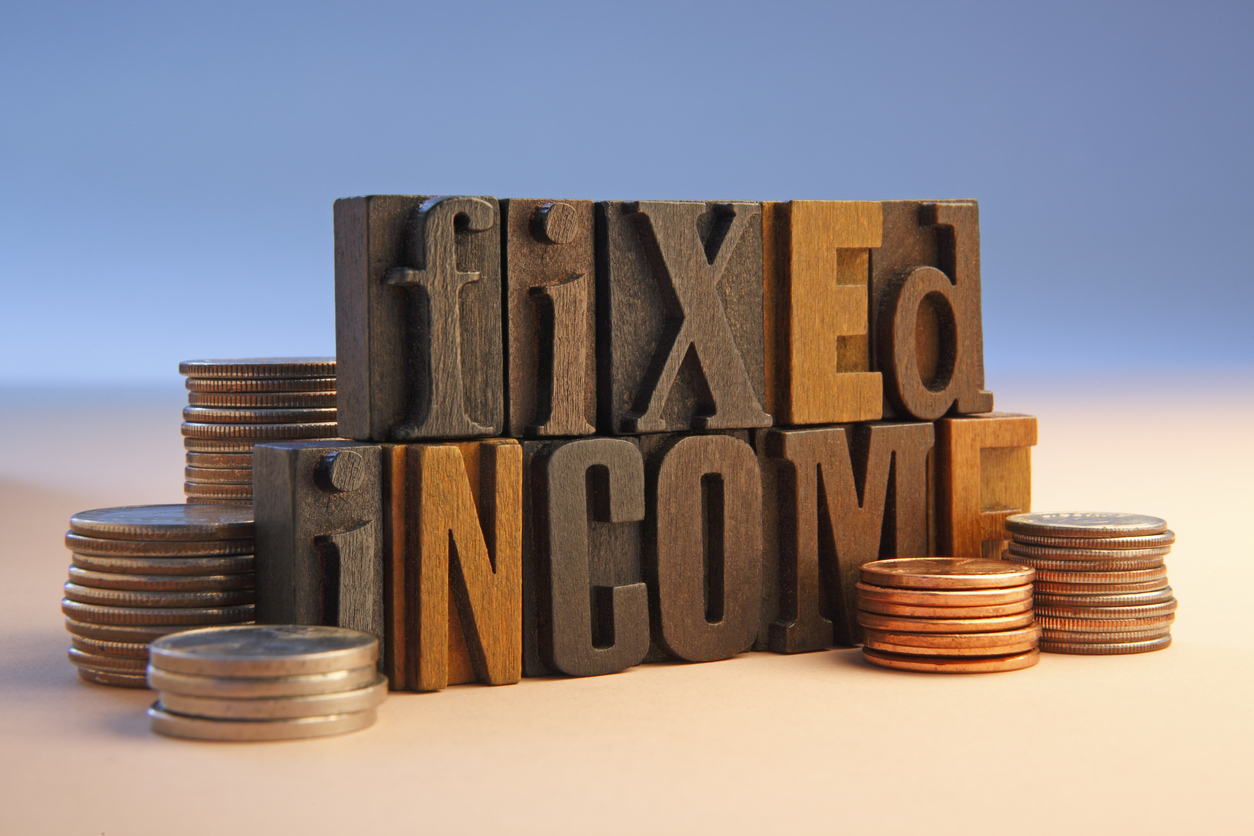
Bonds have a reputation for being boring. But sometimes boring is just what’s needed, especially in a well-diversified investment portfolio.
When most people consider an investment strategy, they are naturally attracted to those markets and sectors that are likely to produce the best performance. Generally, over time, growth in the value of company shares would outperform other asset classes, and it is, therefore, this asset class that tends to get the most attention. But higher returns often come at a cost, in terms of additional risk and volatility.
To dampen the overall risk of an investment portfolio, to provide a solution for those who are not necessarily looking for the highest returns, or to satisfy investors who want to limit the level of risk they are taking, introducing bonds to a portfolio is often the answer. Yes, they may have a boring reputation, but they are a key component that really cannot be overlooked.
So, what is fixed income investing?
Fixed income is an investment approach that prizes capital preservation and a steady stream of income above all other considerations. Within the world of fixed income, you can invest in government bonds (bonds issued by governments, such as UK Gilts or US Treasury Bonds) or corporate bonds (bonds issued by companies), along with other investments that pay a fixed income, such as certificates of deposit and money market funds.
How do bonds work?
The easiest way to think of bonds is to consider them as an IOU between a borrower (so, a government or company) and the lender (the investor). As an example, let’s say the borrower wants to borrow £10,000. They can issue a bond for that amount and agree to pay the lender interest at 3% per year for ten years. The investor knows that they will earn £300 a year in interest, and get their original £10,000 back in ten years’ time. If the borrower does not pay the loan back, or fails to make any of the interest payments, it is considered to be ‘in default’. Of course, some borrowers are a bigger credit risk than others, which is why bond issuers all have a credit rating to demonstrate their credit worthiness. Generally speaking, the lower the borrower’s credit rating the higher the rate of interest they will have to pay to investors.
Still with us? Good…
The most important point to remember is that fixed income assets such as bonds behave very differently to other types of assets, such as equities. This makes them a valuable asset to hold within an investment portfolio, for several reasons.
First, fixed income assets are generally considered to be lower risk when compared to equities. That’s because a bond is a promise from the borrower to repay the interest and the principal over time. Defaults within the fixed income world are relatively uncommon events, in particular for investment grade issues. In addition, a bond holder usually ranks ahead of ordinary shareholders in the event of a company falling into liquidation, meaning that they are further up the queue to receive a payment from the sale of assets held by the company.
Second, fixed income assets behave differently to other types of assets. For example, they are generally less sensitive to market risks, such as economic downturns and geopolitical events. This makes them useful to hold within an investment portfolio, because holding fixed income assets means you can potentially offset losses when stock markets are falling, and your equity investments are not doing so well. Instead, bond prices usually rise or fall in value in anticipation of changes in interest rates and inflation.
Third, as they are less volatile than equities investments, they are an ideal anchor for a portfolio, to reduce the overall portfolio risk. Investors who are closer to retirement usually aim to switch more of their investment portfolios or pension into fixed income assets, because this is a better way to preserve capital than staying invested in more volatile equities.
And fourth, fixed income investments can be relied upon to deliver a steady – and known – stream of income. Again, this is particularly valuable for those who are entering retirement or are already retired, and want to prioritise getting a reliable, regular return from their investments over more risky growth strategies. However, investors should always be careful that inflation does not cause their fixed income investments to lose value over time.
Those are the benefits, but what about the risks?
Of course, all investments come with an element of risk, and fixed income is no exception. There are three key risks to be aware of. As we have already mentioned, interest rate risk is worth keeping an eye on. We have been living in a low interest rate environment for over a decade now – which has been very positive for bond investors. But when interest rates rise, bond prices tend to perform less well. Interest rate movements are the major cause of price volatility in bond markets.
The second key risk to bear in mind is inflation risk. In periods when inflation (the rate at which the price of things goes up or down) is on the rise, this makes the fixed amount of income paid by bonds and other fixed income assets worth less than it was. If the rate of inflation is higher than the rate of income paid out, bonds become much less attractive from an investment perspective.
The third most important risk for fixed income investors is default risk, also known as credit risk. This is the risk that the issuer will not repay the principal at the maturity date and therefore default on its debt obligation.
Should fixed income investors be worried about inflation?
Inflation has become a hot topic this year, as prices for goods and services have been pushed up following the coronavirus pandemic. This has caused some people to question the long-term value of fixed income assets, which is understandable. However, this doesn’t mean fixed income assets have become poor value overnight. They should still be considered as a key element within an investment portfolio, especially if you’re looking for income, lower volatility, or much-needed diversification that spreads the risk.
They may not be the raciest of investments, but they are a sensible way to take some of the uncertainty and volatility out of investing and should be considered as a key component in most diversified strategies.
If you are interested in discussing the above with one of our experienced financial planners at FAS, please get in touch here.
This content is for information purposes only. It does not constitute investment advice or financial advice.





